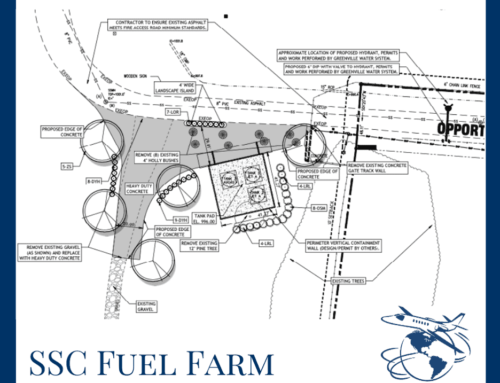 Trust, but verify was a signature phrase adopted and made famous by the late president Ronald Reagan. President Reagan frequently used it when discussing U.S. relations with the Soviet Union. Reagan rightly presented it as a translation of the Russian proverb “doveryai, no proveryai”.
Trust, but verify was a signature phrase adopted and made famous by the late president Ronald Reagan. President Reagan frequently used it when discussing U.S. relations with the Soviet Union. Reagan rightly presented it as a translation of the Russian proverb “doveryai, no proveryai”.
The phrase was learned by President Reagan from Suzanne Massie, a writer on Russia. She told him, “The Russians like to talk in proverbs. It would be nice of you to know a few. You are an actor – you can learn them very quickly”.
After President Reagan used the phrase at the signing of the INF Treaty, his counterpart Mikhail Gorbachev responded: “You repeat that at every meeting,” to which Reagan answered “I like it.”
Others have said that the phrase is oxymoronic and shouldn’t be used. Nonetheless I believe the principle certainly applies to the aviation industry.
There is no doubt that we put trust in people and things each day of our lives. However, at what point does the fiduciary trust become an assumption? Assumptions are the accepted truths or facts without the proof or verification.
The safe operation of aircraft mandates to trust only after verification. This applies both to aircraft flight and maintenance operations.
I often refer to third party information as “hangar talk”. The level of confidence placed on the accuracy of “hangar talk” type information correlates to the level of fiduciary trust put in the source.
Even though the source is trustworthy, if operational safety depends on the information, the information should be verified as unquestionably true and accurate.
Proper and properly used checklists are good examples to demonstrate this point. Let’s consider three parts to the “trust but verify” the use of checklists.
First a checklist should be aircraft specific, including serial number and a current version of the Aircraft Flight Manual (AFM) used. This verification qualifies the credibility of the operation of the aircraft systems ensued specific to that aircraft, etc. The verification also allows a crew to accept and assign fiduciary trust to the checklist.
Secondly, the proper use of checklists should be established. SSC General Operation Manual (GOM) Section R defines the methodology of “checklist use” standard operating procedures (SOP).
Good SOP used properly by properly trained crews will ensure the assurance of safe aircraft operations.
Thirdly, the crew must be disciplined to adhere to “checklist use” SOP. For example, flaps approach ensued: place flap lever to the flaps approach detent—then verify that the indicator is matched to the position the lever is placed; the pilot places trust in the flap lever when moved that the flaps will travel down—however the lever entrusted may be down, but the flaps not—the flap indicator must be verified to ensure that the flaps are actually down to the approach setting, thus trusted, but verified.
“Hangar talk” can be interesting, fun, and even educational, but we must verify the information before using it in safety sensitive aircraft operations.
Too often information is trusted without verification. This tends to building decision making on the sandy and sinking ground of assumptions.
Ronald Reagan said, “Freedom is never more than one generation away from extinction. We didn’t pass it to our children in the blood stream. It must be fought for, protected, and handed on for them to do the same.”
Could this be correlated to aircraft operations in that it is not the flight hour logged that is going to get us, so we must continue the fight to protect and assure operational safety to ensure that the aircraft can be handed to the next crew to do the same (ok, maybe use a little imagination).
Yes, “trust but verify”. This principle as already said, should be applied to both flight and maintenance operations at all times.
The SSC culture environment endorses and promotes safety and among the many good practices, trust, but verify is at the top of the list.
We trust that this has been a good reminder of our fiduciary responsibilities in aviation, but the verification will be up to you only if you share your feedback!







Leave A Comment